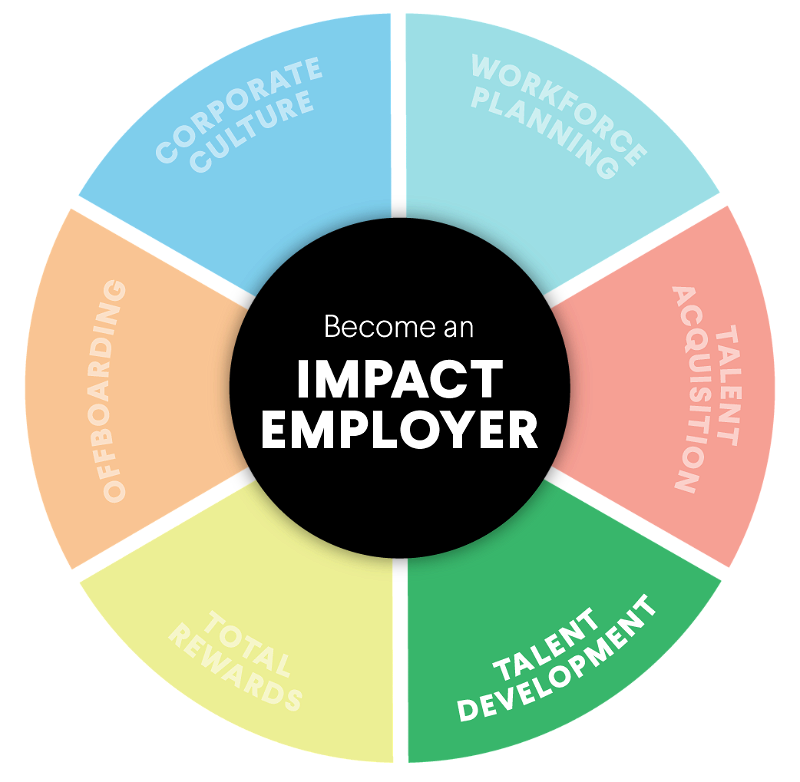Before COVID-19, many companies had begun to integrate elements of virtual onboarding and training into their talent development practices, but most still relied heavily on in-person methods. Concerns for the health and safety of customers and employees alike forced companies to fast-track virtual learning and development, which required heavy monetary investments with limited time for quality assurance. Mentorship and job shadowing, once key components of in-person talent development, have been forgone or forced to go virtual. This has left companies questioning their efficacy not only in getting employees adequately trained but also in generating a sense of belonging and alignment with the company—something especially important for new employees and/or those who are considered to be “nontraditional” hires.
The existing skills gap has widened during this crisis, due to the rapid digitization of jobs. A lack of digital literacy has necessitated rapid digital upskilling in order to quickly and efficiently train employees on health and safety protocols and customer relationship management in this new environment. The expanded virtual training for COVID-19-related protocols, in addition to standard requisite training for employees, has led many to experience virtual training fatigue and burnout.






